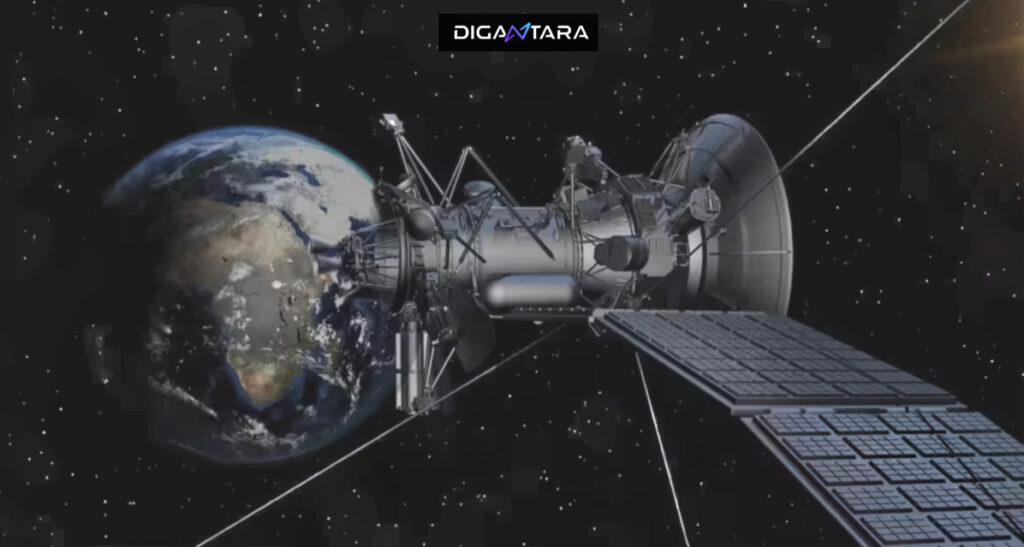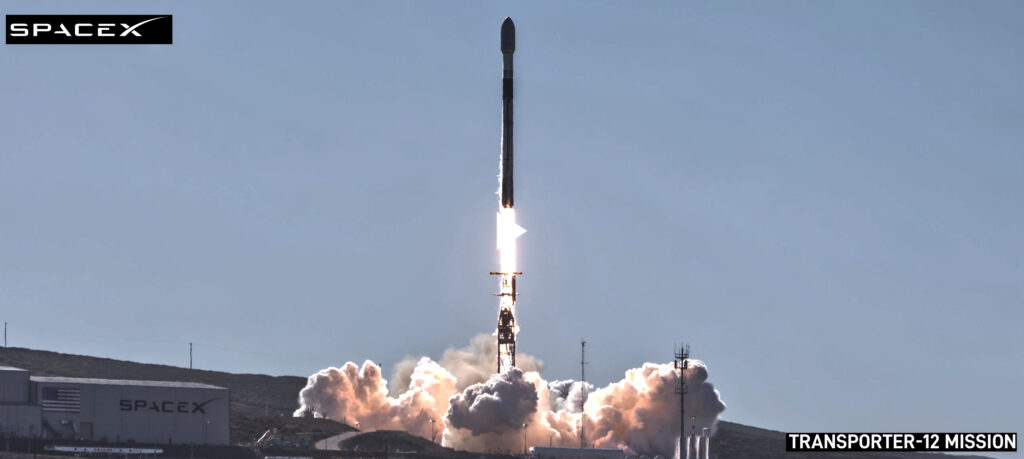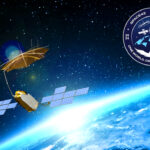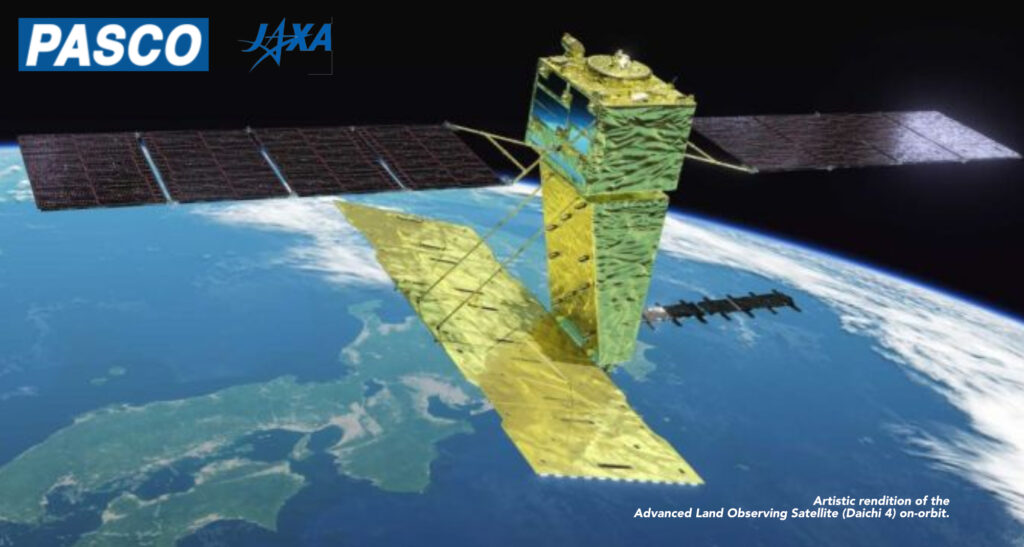
PASCO has been selected by the Japan Aerospace Exploration Agency (JAXA) to spearhead data services for the Advanced Land Observing Satellite ‘Daichi 4’ (ALOS-4).
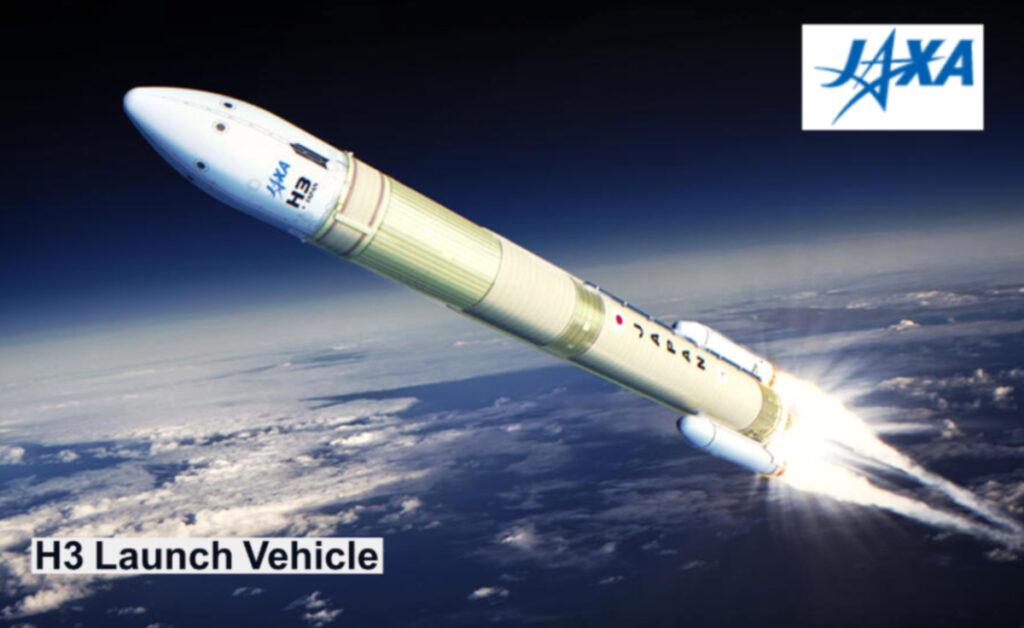
As the exclusive provider of satellite imagery for both ALOS-2 and ALOS-4, PASCO will deliver high-end geospatial data via a dedicated platform. This partnership highlights PASCO’s prominent role in advancing satellite-based Earth Observation (EO) and ensuring seamless access to high-resolution imagery for various applications.
Launched in July of 2024, ALOS-4 is a synthetic aperture radar (SAR) satellite that features phased array type L-band radar (PALSAR-3). This advanced radar technology is developed by JAXA and Mitsubishi Electric and offers enhanced observation performance compared to its predecessor. With a spatial resolution of 3 meters and an expanded observation swath of 200 km, ALOS-4 is tailored for precise monitoring of crustal deformation, subsidence, disasters, forests and marine environments.
Unlike optical sensors, PALSAR-3 radar operates independently of sunlight, acquiring images day and night. Its radio waves can penetrate clouds, ensuring consistent observations regardless of weather conditions. These capabilities enable ALOS-4 to monitor disaster-hit areas, sea ice and infrastructure displacement while supporting broader applications like forest conservation.
Additionally, similar to its predecessor ALOS-2, ALOS-4 integrates an automatic identification system (AIS) for ships. Equipped with the advanced SPAISE3 system developed in collaboration with NEC Corporation, the satellite enhances vessel detection in high-traffic marine areas by leveraging multiple antennas and robust ground-based data processing. This innovation ensures improved monitoring of ocean activity, aiding in maritime safety and environmental protection.
PASCO, active in EO since 2005, is committed to addressing societal challenges through the company’s expertise in satellite data processing and geospatial solutions. In partnership with the Remote Sensing Technology Center of Japan (RESTEC) and Tellus, PASCO aims to promote widespread use of ALOS-4 data.




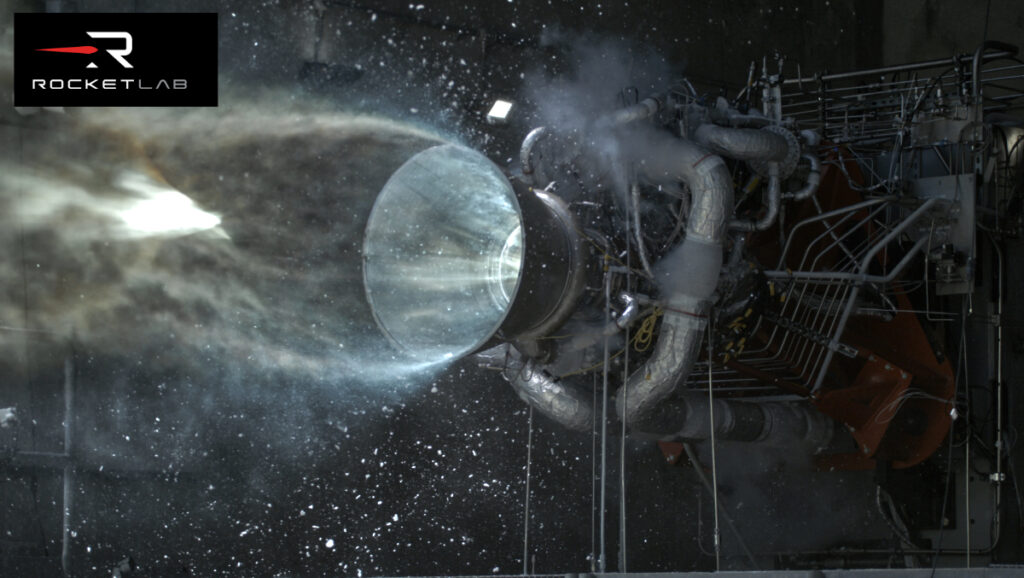


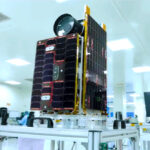
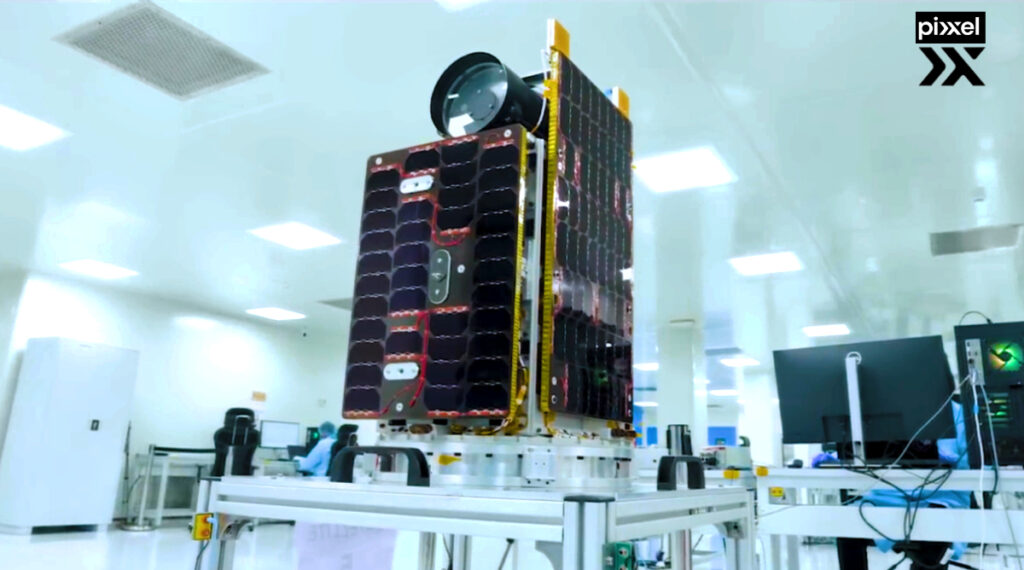
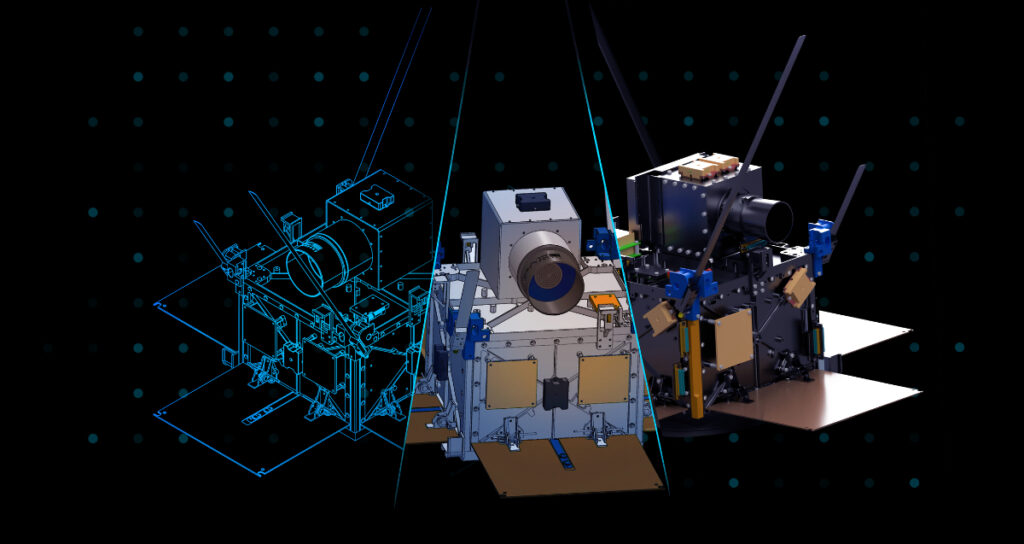
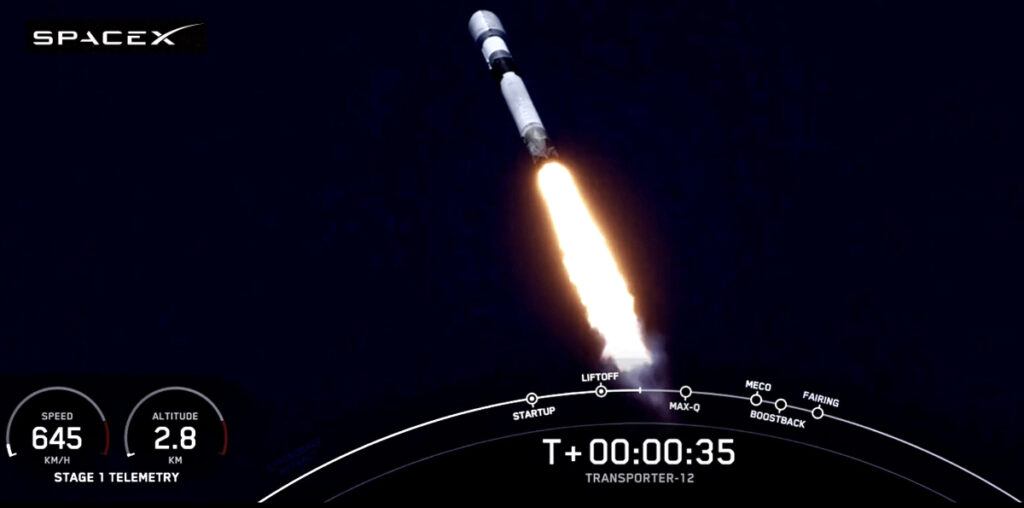



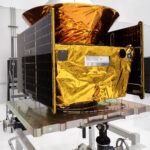
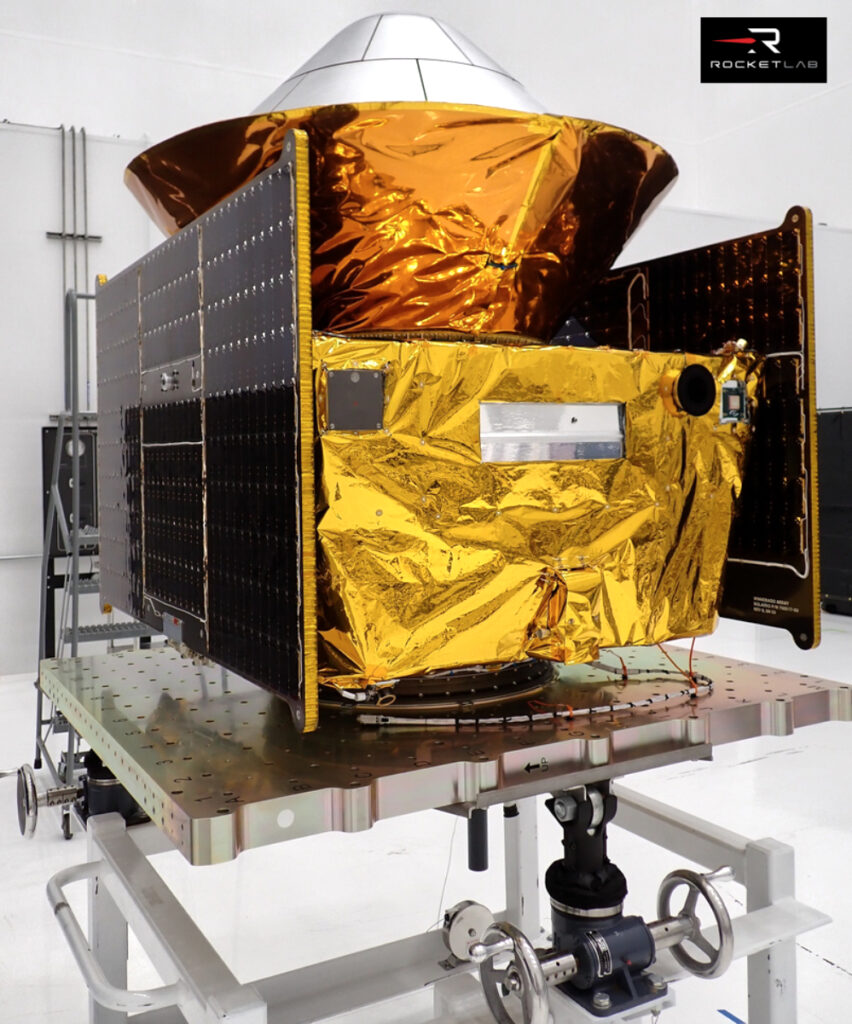
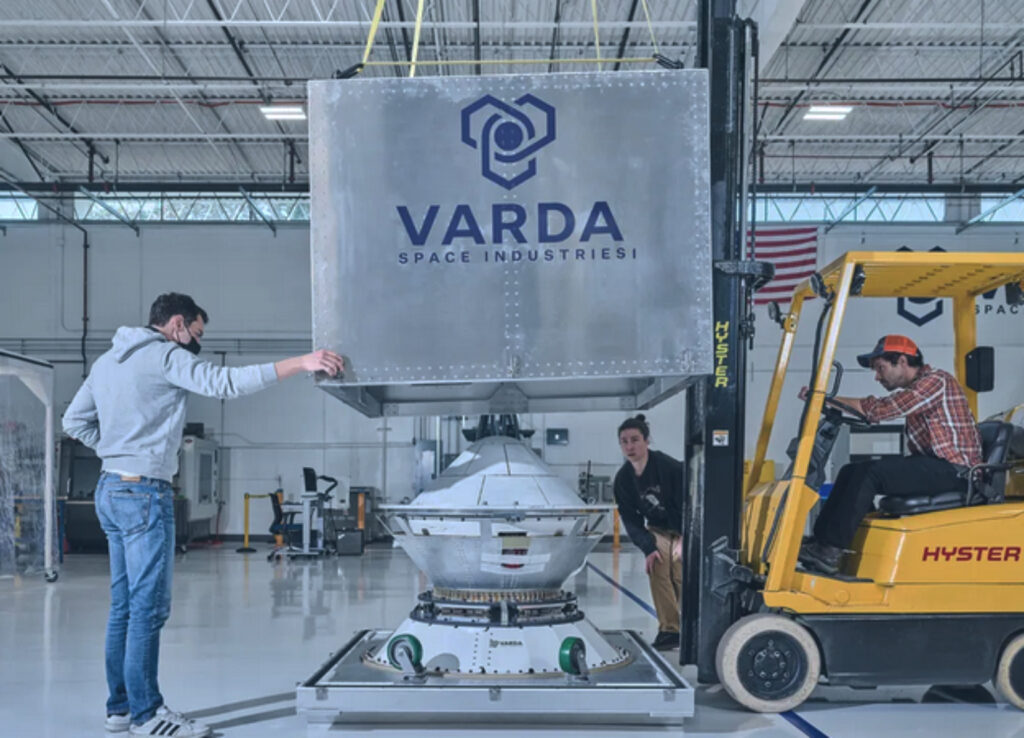
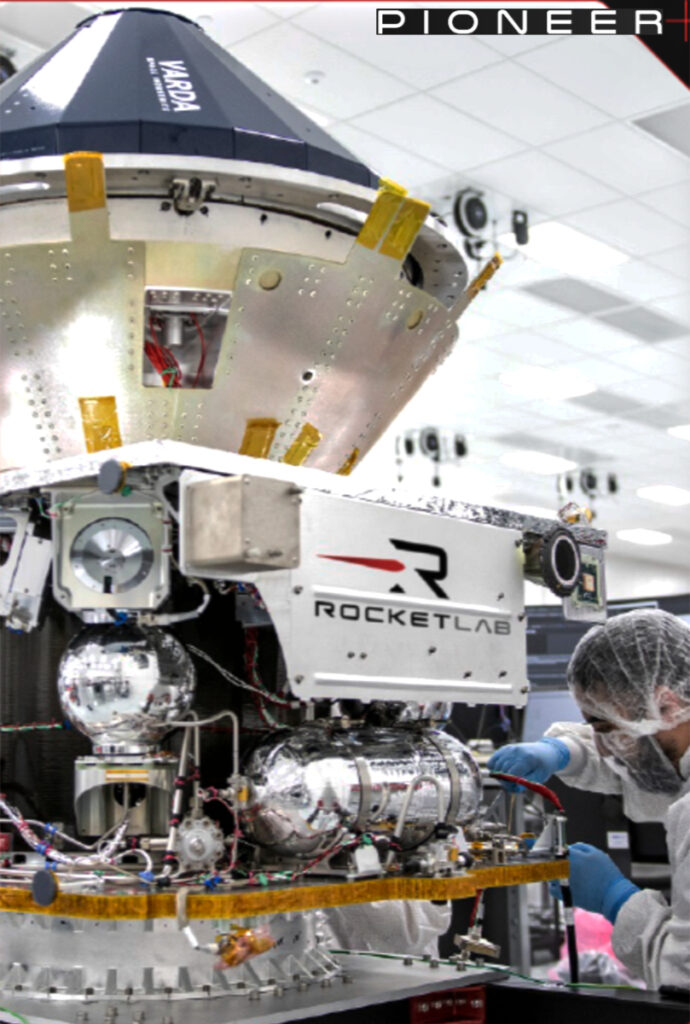

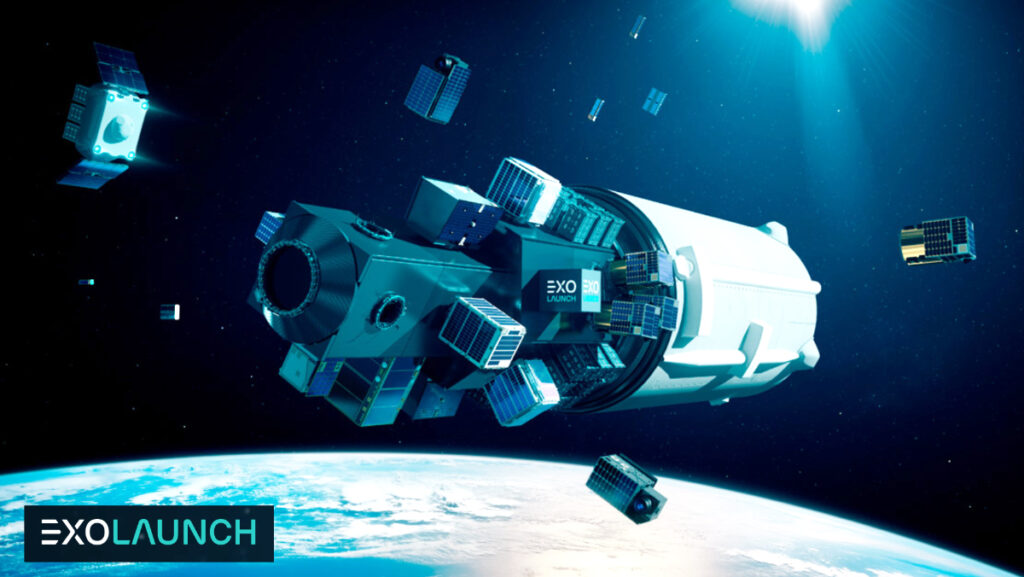
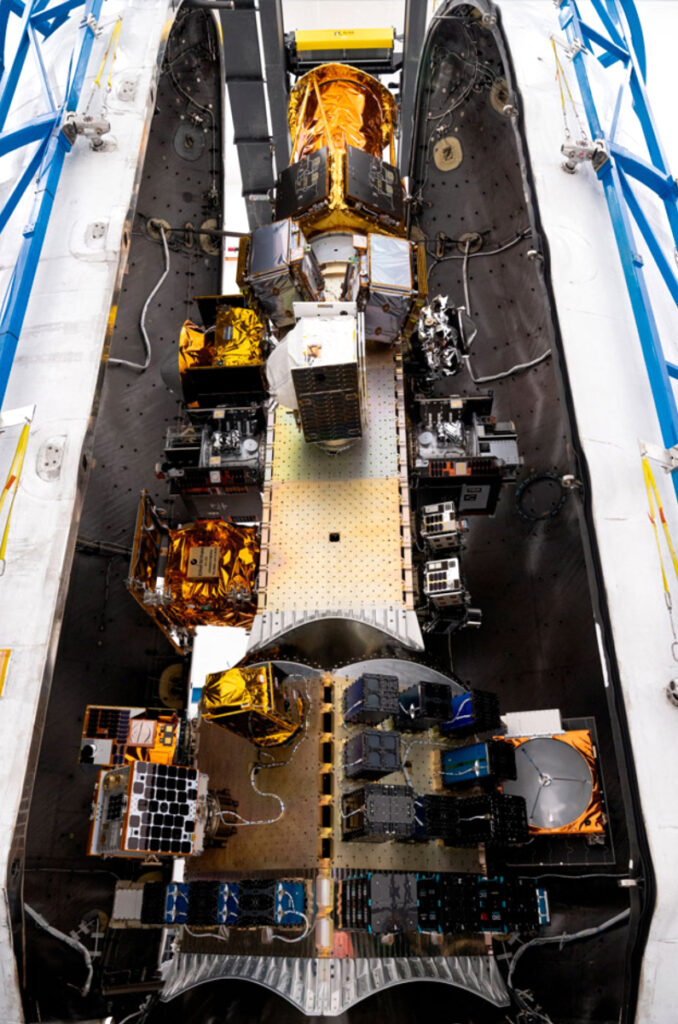



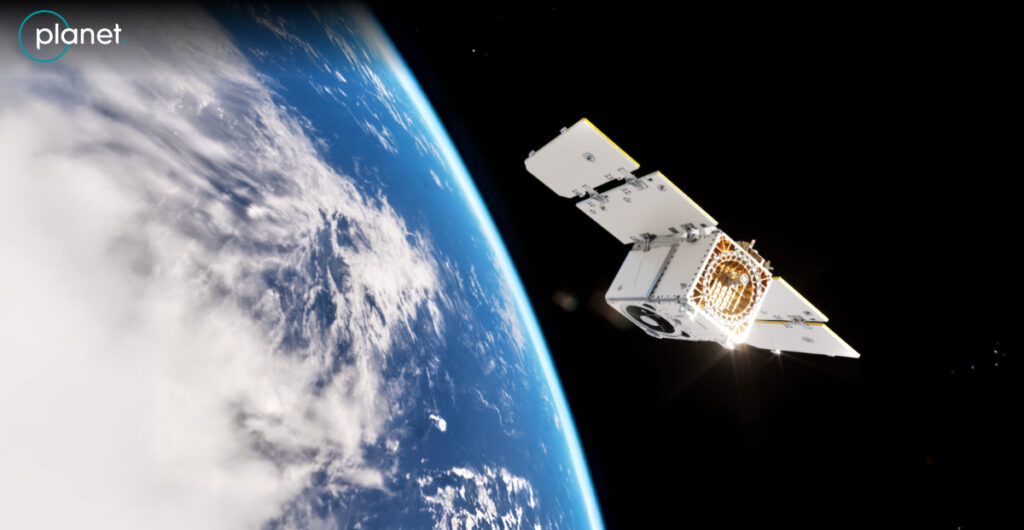

 software, and support cloud-native technologies like containerization and orchestration to build, deploy, and manage AI at the edge.
software, and support cloud-native technologies like containerization and orchestration to build, deploy, and manage AI at the edge.





